I am preparing to give a keynote presentation in a couple weeks and one of the presentations I’m working on is titled “Be An Artist, Not A Camera Owner”.  It is focused on helping people move past just enjoying their cameras and really work towards creating artful compositions. I thought I would share a few ideas from this presentation in the hopes it might inspire you do push yourself further.
It is focused on helping people move past just enjoying their cameras and really work towards creating artful compositions. I thought I would share a few ideas from this presentation in the hopes it might inspire you do push yourself further.
What does it mean to be an artist, or create artistic photographs? Well, one of the more popular definitions of an artist is “a person who utilizes conscious skill and creative imagination to make creative works”. The two key words in this definition are SKILL and Creative, merging the two into a final creative outcome.
Skill for us photographers first means that we have the skills to use the amazing cameras that we all own. Knowing your camera settings and utilizing different settings to achieve different results in the field without too much thought is something we should all strive for.
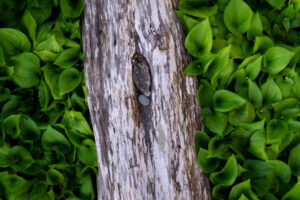 Skill also means the knowledge and ability to artfully construct a creative composition in the field. This means that one needs to posses knowledge of what makes a good composition as well as some basic principles of art and human perception for how we process visual information.
Skill also means the knowledge and ability to artfully construct a creative composition in the field. This means that one needs to posses knowledge of what makes a good composition as well as some basic principles of art and human perception for how we process visual information.
One way that I interpret “creative imagination” is the ability to take in your surroundings, process what you are seeing and what your reaction is to it, THEN take a all of that input and come up with a creative idea for how to represent, interpret or communicate your reaction to what you are experiencing. As an example, and I think we have all done this, we roll up to a beautiful location with an iconic feature and we put our tripod down and snap the most obvious composition, where countless thousands of other photographers have shot from. I’m not saying this is bad, in fact I bet you come away with a pretty picture. But, is it artistic? Did you put any skill or creative imagination in to the shot? I’m betting the answer is probably no.
That’s OK if you answered no above. We all enjoy having pretty pictures that we’ve taken. It is a pleasing activity. But if you were to strive more to be an artist, you might achieve an even greater fulfillment from this activity that we all pursue. Look beyond the obvious subject or composition and find a different way to execute the shot, something that resonates with you.
One of the sections of my Be An Artist presentation focuses on “artistic photography” and in it I contend that artistic photography is a culmination of technical execution, vision and careful crafting of a composition to produce a unique work of art that represents the artists interpretation of the subject, location or story.
The big part of this, for me, is that it represents the artists interpretation, meaning that you as the artist are actively engaged in interpreting and then representing that interpretation in the photo…essentially a piece of yourself is embedded in the photograph. It should convey the “artistic vision” of the photographer. We all see the world differently, and, we all react to external stimuli differently, so that’s the “secret sauce” that you can bring to your photos…you’re reaction/interpretation of what you’re seeing.
The other part of artistic photography is that it relies on the same essential elements and principles as other classical art forms like painting or sculpture. It uses concepts such as lines, space, balance, color, depth, form, texture and light. You’ve probably heard the advice to study the classical arts or famous artists and there’s a reason for that…we can learn a lot from them! Where do you think the rule of thirds or the golden triangle came from? It came from the classical arts!

I see a lot of folks who are caught up in the technology of their cameras and enjoy being a camera owner for the joy of using this amazing technology. That’s fine too. Enjoying using your camera is a fine pursuit, but I don’t believe it is artistic. It activates a different part of the brain, the more logical side. I have found joy in successfully mastering my technological marvel of a camera, sure I have. But for me, it is not art just being proficient or mastering the “tools” I use. Cameras, just like pastels or oil paints, are just tools for the artist to create their art. A camera is a vehicle for me to use to express myself in the output.
Art and artistic expression comes from within, from the heart, not the head. Opening yourself up and being conscious of your reactions and interpretations of scenes is the raw material for artistic photography. The way to do this is…
- Know your camera intuitively so you are not preoccupied with it on location and can instead focus your energy and attention to the creative side of the equation
- Slow down so you have the space and time to acknowledge and recognize your reactions
- Find ways to articulate what you are seeing/feeling/experiencing
- Learn how to then translate those feelings in to your composition.
- If you are feeling awe, how do you capture that in camera?
- If you are feeling introspective, what can you do to reflect that feeling with the location and compositional elements at hand?
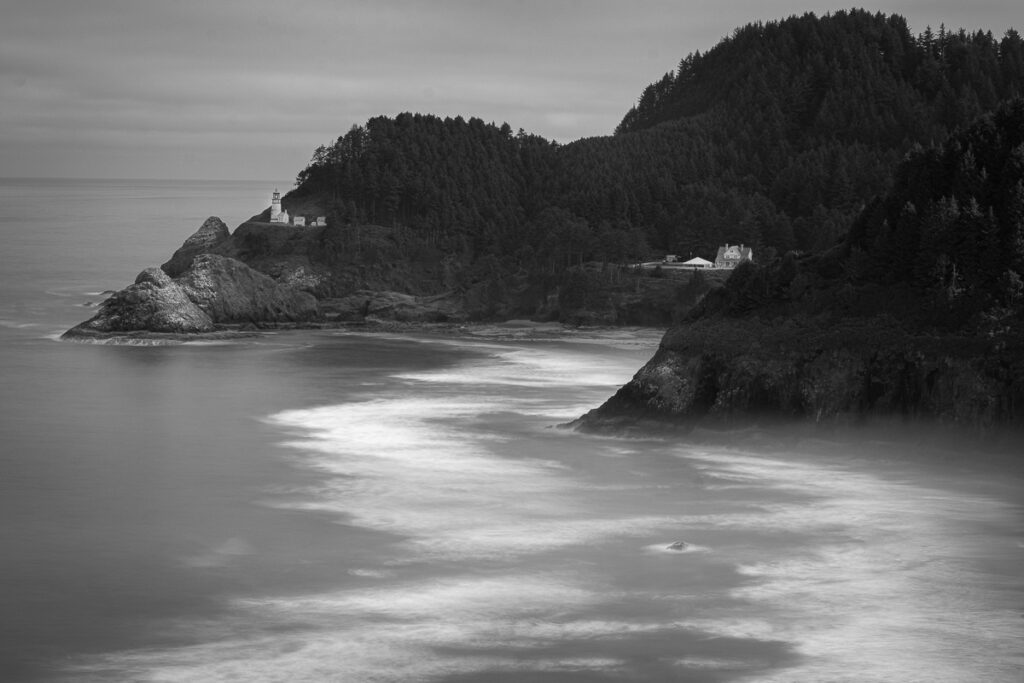
I could write a book on the topic of how to capture feelings or reflect what you are experiencing while on location. It largely boils down to recognizing what you are feeling, assessing the light and compositional elements, choosing the right creative settings in camera and assessing the composition from the eyes of a viewer, or someone who isn’t there with you experiencing all the sensory input. I hope to be able to write more on the subject as the mood strikes, so stay tuned. In the meantime, if you want further advice, please drop me a note with any questions you have. Otherwise, I encourage you to get out there and slow down and get in touch with your reactions to a location and puzzle out how best to capture those reactions and feelings in camera. Remember, art contains a piece of the artist, so how are you putting a piece of yourself in your images?

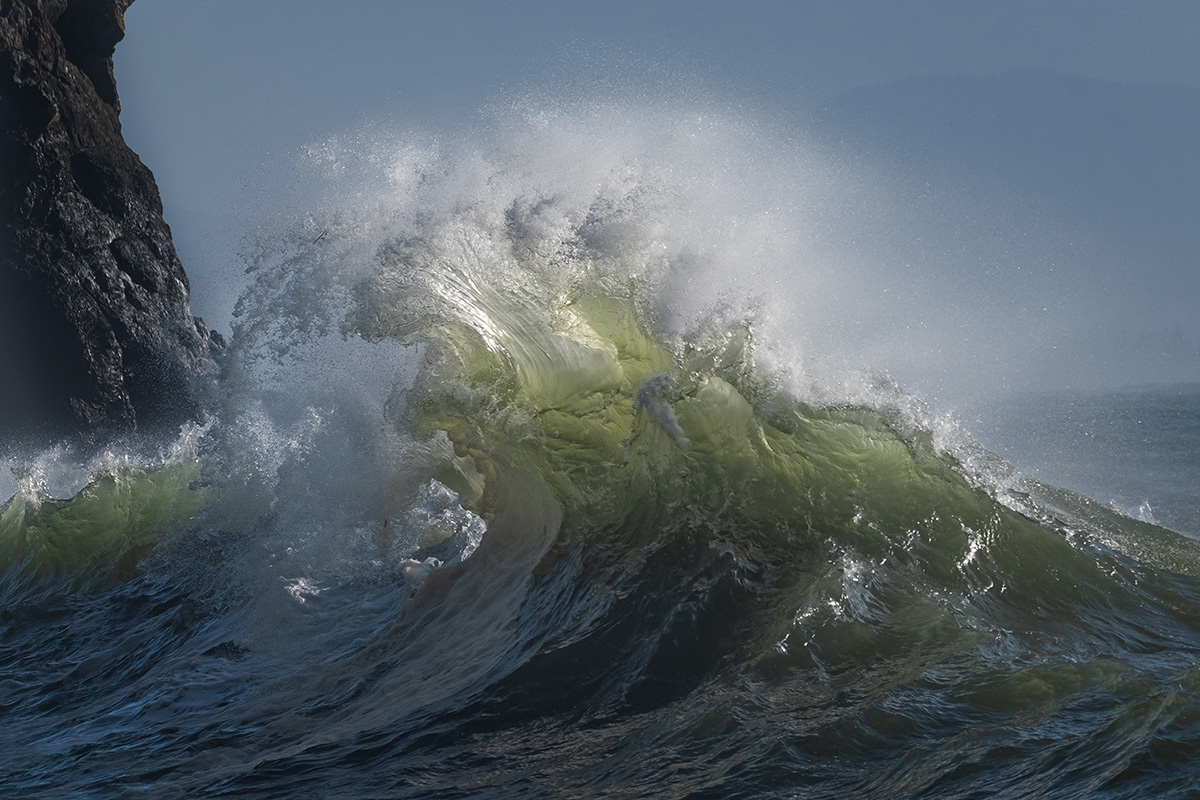
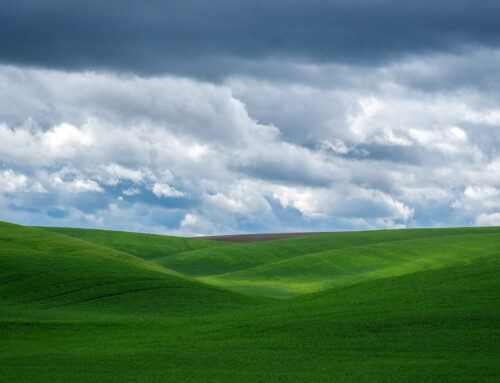
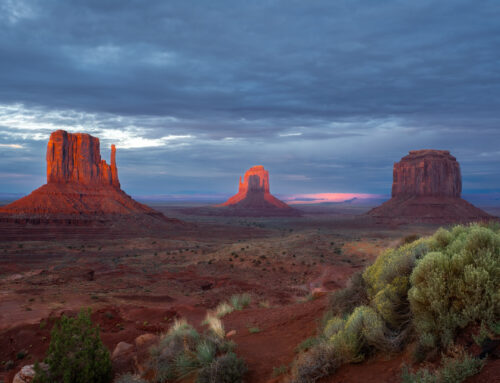
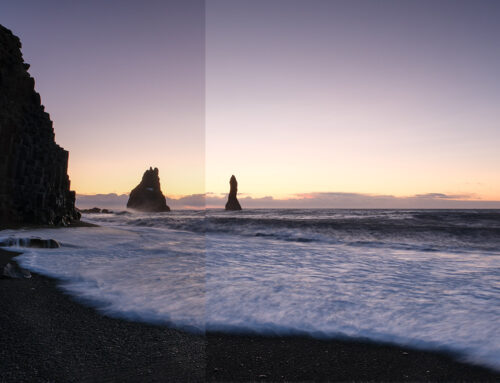
Leave A Comment